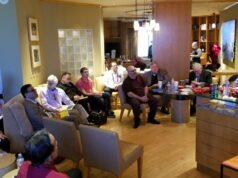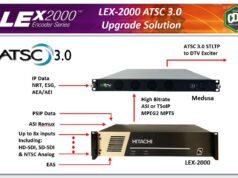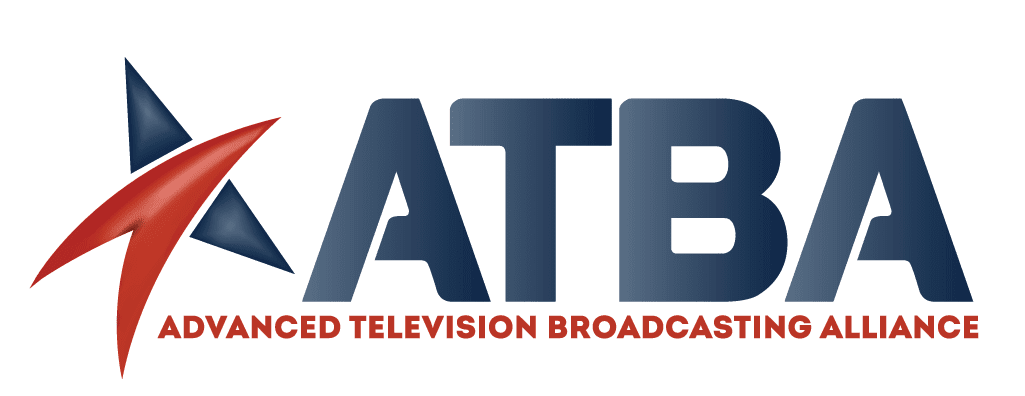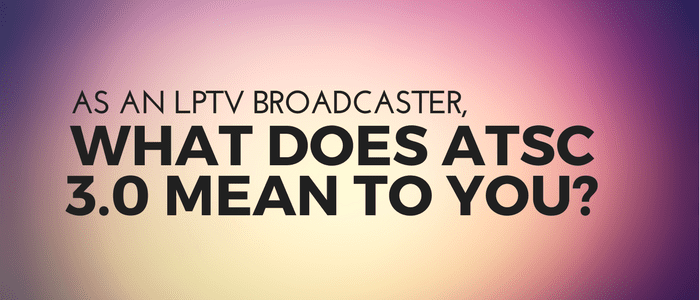
By: Vern Fotheringham
By this time everyone with any connection to the broadcasting industry has heard about the new “NextGen TV” technology standard labeled ATSC 3.0 by the Advanced Television Systems Committee after six years of intense work by numerous industry contributors to the new standard. The inspiration for the NextGen TV standard grew out of a global initiative to create a new harmonized international digital TV standard that was created under the Future of Broadcast Terrestrial Television (FOBTV) Initiative. An FOBTV Memorandum of Understanding (MOU) was signed in 2011 by standards representatives from virtually all of the nations that are active participants in the development, deployment and operations of television networks.
The US signatory to the FOBTV MOU was the LPTV’s ATSC, and it has been the US and Korea that actually made the leap to develop a totally new 21st century broadcasting standard, while the other nations have continued to just meet and talk about the future. This new standard reflects all the progress that has been made in the science of radio system engineering over the past decade. Our NextGen TV standard is a pure Internet Protocol (IP) based system that brings broadcasting seamlessly into the Internet ecosystem. It also incorporates the most sophisticated digital communications technologies that have been the cornerstone of the dramatic success of the cellular industry’s 4G LTE and LTE Advanced developments. Further, the ATSC 3.0 standard enjoys many additional forward leaning capabilities. For the first time the broadcast industry will be able to leverage all of the domains inherent in contemporary radio frequency-based communications. Under the existing ATSC 1.0 digital standard we were only able to exploit the power and time domains to deliver multiple programming streams. Worse, the ATSC 1.0 standard is poorly suited for the delivery of mobile services, which left broadcasters completely out of the mobile revolution that has transformed all forms of communications. The new ATSC 3.0 standard will for the first time allow broadcasters to leverage all of the RF technical domains including frequency, power, modulation, time, phase and adaptability in each realm to deliver virtually any form of broadband or mobile services.
So, what do all these new technology capabilities mean for those of us in the low-power TV and translator markets? The answer is complex, because the new standard allows for a wide range of as yet untried new services and business models that extend far beyond the traditional limitations of delivering linear broadcast services supported by advertising sales with no quantifiable audience measurement. Suffice it to say that we have one huge advantage over our full power brethren in that we have no FCC mandated obligation to provide simulcast ATSC 1.0 services for five years post the voluntary deployment of our ATSC 3.0 infrastructure. LPTV is fully authorized to deploy NextGen TV services as soon they want, with no requirement to simulcast legacy ATSC 1.0 services. This is a distinct advantage that will allow LPTV to lead with innovative new services in our markets. However, this is not a “plug and play” hardware upgrade. To fully deploy and utilize the capabilities of ATSC 3.0 will require broadcasters to bring new IP data networking skills into their operations. It is going to require new technical resources that have historically not been required to operate a TV station.
Before we look at the range of new business models and services enabled by ATSC 3.0 let’s take a deeper dive on the arsenal of new technologies that have been incorporated into the standard, and what they will deliver from a performance perspective.
OFDM vs OFDMA
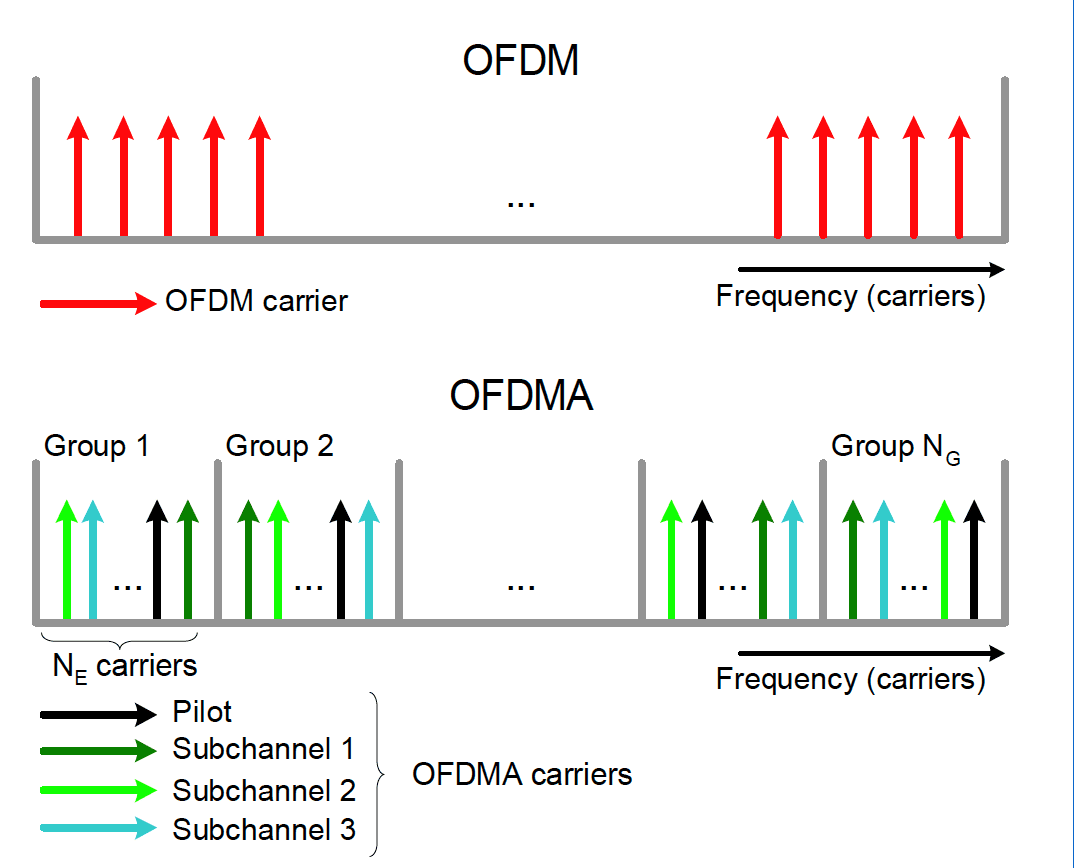
The first and most important aspect of the new standard is the use of Orthogonal Frequency Division Multiplexing (OFDM) and Orthogonal Frequency Division Multiple Access (OFDMA) radio modulation schemes to control the spectrum bandwidth down to individual 16KHz wide sub-carriers. Although ODFM and OFDMA sound similar, they are actually very different in substance. OFDM is a modulation protocol, and OFDMA is a network access control capability that provides granular control over all of the subcarriers in terms of their power and use of adaptive modulation ranging from highly robust low order modulation QPSK to ethereal modulation schemes ranging up to 4086 QAM.
There are three sizes of data payloads including 8K, 16K and 32K that can be combined to deliver different types of services depending on how they are incorporated into any combination of four physical layer pipes (PLP) within the 6 MHz wide TV channel. The concept of the PLP capability will enable the use of some portion of the licensed bandwidth to deliver very robust fully mobile services on a portion of the bandwidth, while simultaneously providing very high-resolution video streams to fixed locations at very high orders of modulation with corresponding higher data rates to support HDR and 4K video streaming. In addition, the use of Time Division Duplexing (TDD) on a single PLP will enable two-way services in-band, on-channel for conditional access control, data collection and control features to be incorporated into NextGen systems.
Physical Layer Pipes
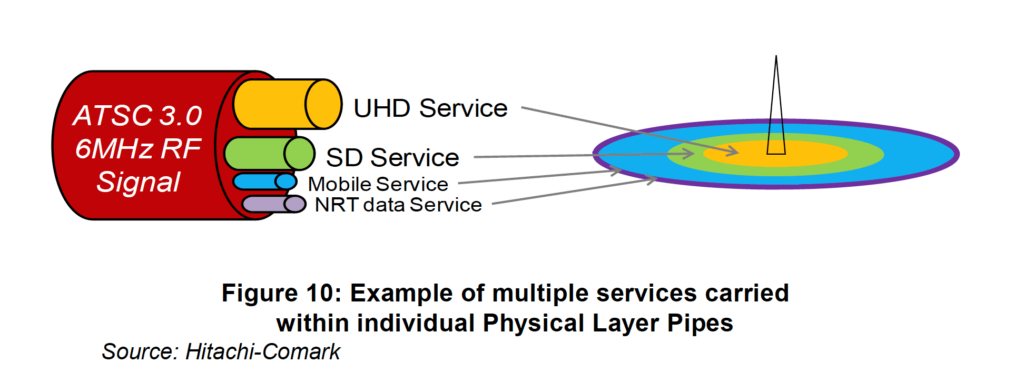
All of the programming and data that is transported over the NextGen TV networks will be in native IP format, making two things abundantly clear: (i) the content delivered over our networks will be natively compatible with the massive Internet ecosystem and display devices; (ii) the new services that are enabled by ATSC 3.0 will require new IP enabled receivers and TV sets to reach our audience. These two factors mitigate for all of the LPTV licensees to collaborate and cooperate with the development and proliferation of new ATSC 3.0 compatible receivers, dongles, set top boxes and smart TVs. The sooner we stimulate mass market demand, the sooner we can capture the position of market leadership with ATSC 3.0 that has been laid at our feet to exploit.
In addition to the incorporation of highly efficient radio technologies, there is an even more sophisticated addition to the new standard called Layered Division Multiplexing (LDM), that is a remarkable technique that holds the promise of dramatically increasing the capacity of a single 6 MHz RF channel by layering multiple modulation schemes directly on top of each other, and then using what could perhaps be most clearly described as a “white noise” technique that cancels out the more robust first “layer,” thus allowing a receiver to demodulate the next more fragile higher order modulation scheme that is carrying separate content. The standard has been crafted with a number of leading edge, and thus future proofed techniques, that will be refined and commercialized over the coming years. Suffice it to say the engineering and product development organizations will have a rich greenfield opportunity to create new products and services that could simply never have been possible in the past.
Layered Division Multiplexing

At its most basic, the new ATSC 3.0 technology tool kit will enable the delivery of enhanced and higher quality traditional broadcasting services that are far more robust than anything we can deliver today with an ATSC 1.0 system. Early field-testing has confirmed that the new standard is tremendously robust in both fixed and mobile environments. One of the key elements of the new standard that will specifically benefit LPTV operators is the use of very long data frames that will enable the seamless and asynchronous incorporation of gap fillers. These will fill in any coverage gaps and enable a harmonized, high quality link budget to deep indoor and mobile receivers throughout the entire licensed contour of an LPTV licensee. This performance harmonizing capability will for the first time bring the quality of service delivered by an LPTV broadcaster to be indistinguishable from that provided by an FPTV station.
Fully mobile services are also inherent with NextGen TV operations. Ultimately, these mobile broadcast signals will inevitably include service to personal handheld devices. However, well before that is a ubiquitous future, ATSC 3.0 network operators will be delivering mobile broadband video and data services to the rapidly emerging connected car market. To enable this to happen at scale will require the creation of a national consortium of participants who collaborate to provide seamless roaming services across the country. The ATBA will play a key role in raising awareness of these new opportunities for collaboration and consortium building. There is strength in numbers, and as we navigate the pending repack, when we all emerge on the far side of the current chaos, our franchises will be stronger and more valuable than ever before.
In addition to the amplified value we will earn from the delivery of mobile services, the NextGen TV broadcasters will also enjoy the ability to offer multi-channel services, and enhanced advertising that will bring broadcasting into alignment with the powerful analytics driven value-added advertising services that have made Google, Facebook, Amazon and Microsoft the leaders in the new era of Internet advertising. Broadcasters can finally start to claw back much of what we have lost over the past decade and a half by failing to show up for the big game.
The sooner LPTV licensees move to deploy NextGen TV networks, the sooner we will enjoy a competitive posture when compared with the FPTV dominant players of the past. There are emerging opportunities for collaboration and cooperation with the development of new alignments and consortium building among the LPTV and translator communities to accelerate the positive transformation in our corner of the broadcast and broadband industry. ATBA will continue to support our various independent operations and business models by providing the unbiased and transparent distribution of information and connectivity between and among our members, the National Translator Association and with the as yet unaligned third parties we will need to build bridges into new markets and exploit the plethora of new business and revenue opportunities we are about to enjoy.



